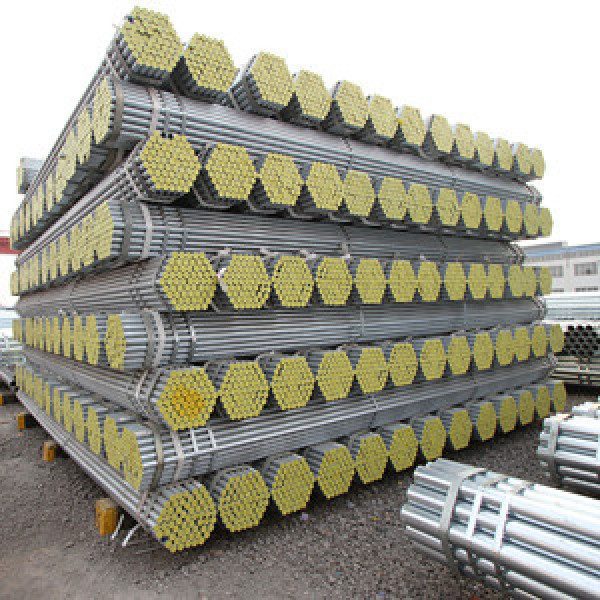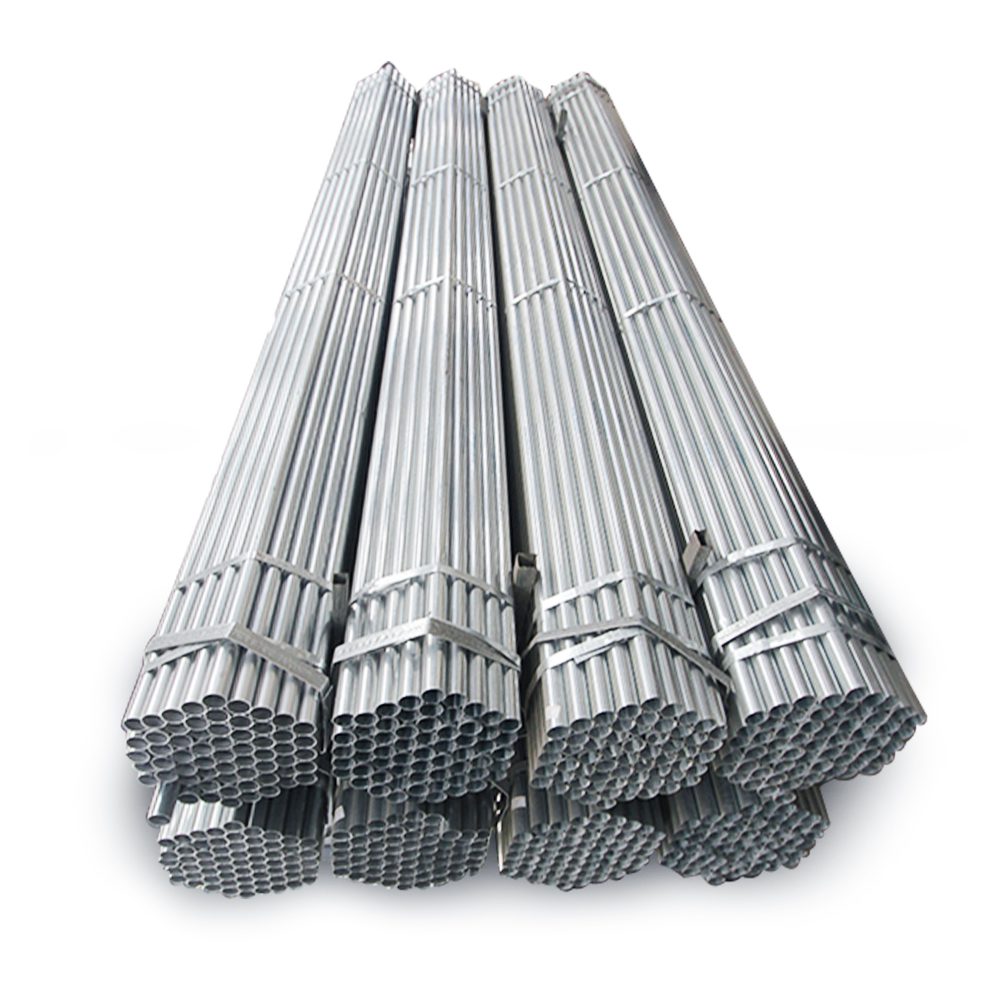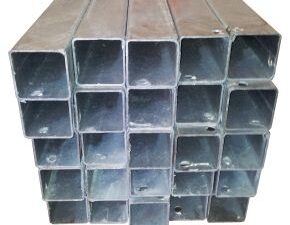Description
ASTM A53 Galvanized Steel Pipes: A Durable and Versatile Choice for Piping Solutions
ASTM A53 galvanized steel pipes are a common sight in various industries, from construction to plumbing, and for good reason. Their combination of strength, formability, and corrosion resistance makes them a versatile and reliable choice for a wide range of applications. This article will delve into the specifics of ASTM A53 galvanized steel pipes, exploring their properties, applications, and benefits.
What is ASTM A53?
ASTM A53 is a standard specification published by ASTM International (formerly the American Society for Testing and Materials). This specification covers seamless, electric-resistance-welded (ERW), and hot-dipped galvanized steel pipes. It outlines the requirements for the chemical composition, mechanical properties, and dimensions of carbon steel pipes, ensuring consistent quality and performance.
Galvanization: The Key to Corrosion Resistance
The “galvanized” aspect of these pipes is crucial to their popularity. Galvanization is a process where a protective coating of zinc is applied to the steel. This coating acts as a barrier, preventing corrosive elements, such as water and oxygen, from reaching the underlying steel. More importantly, even if the zinc coating is scratched or damaged, it still provides protection through a process called “sacrificial corrosion.” The zinc corrodes preferentially, protecting the steel beneath.
Types of ASTM A53 Galvanized Steel Pipes:
The ASTM A53 specification covers several types of pipes, categorized by their manufacturing process:
- Type F (Furnace-Butt Welded): These are the least common and are made by heating the steel until it is malleable enough to weld the edges together.
- Type E (Electric-Resistance Welded): This type is manufactured by welding the edges of a longitudinally formed steel sheet using electric resistance. This is a common method for producing lengths of pipe.
- Type S (Seamless): These pipes are manufactured without any welding seams, providing excellent strength and pressure resistance. They are formed by pushing a solid billet over a piercing rod.
Each type also has grades, typically Grade A and Grade B, which differ primarily in their tensile and yield strengths. Grade B offers superior strength over Grade A.
Key Properties and Benefits:
- Corrosion Resistance: Galvanization provides excellent protection against rust and corrosion, extending the lifespan of the pipes.
- Strength and Durability: The steel base provides high tensile strength and durability, making them suitable for demanding applications.
- Versatility: Available in various sizes, schedules (wall thicknesses), and types, ASTM A53 galvanized steel pipes can be used for a wide range of applications.
- Cost-Effectiveness: Compared to some specialized corrosion-resistant materials, galvanized steel offers a cost-effective solution for many piping needs.
- Weldability & Formability: While welding galvanized steel requires specific techniques to protect the galvanized coating, these pipes are generally weldable and can be formed using standard methods.
- Long Lifespan: With proper installation and maintenance, galvanized steel pipes can last for decades, reducing the need for frequent replacements.
Applications of ASTM A53 Galvanized Steel Pipes:
The robust properties of ASTM A53 galvanized steel pipes make them suitable for a wide variety of applications, including:
- Water Distribution: Residential and commercial plumbing systems, water lines, and irrigation systems.
- Gas Lines: Low-pressure gas distribution systems. Note: Local codes should always be consulted regarding suitability for gas applications.
- Structural Applications: Fencing, handrails, scaffolding, and other structural supports.
- HVAC Systems: Air conditioning and heating systems, particularly for drainage and venting.
- Industrial Applications: Transporting water, chemicals, and other non-hazardous fluids (compatibility should always be checked).
- Fire Protection Systems: Sprinkler systems and fire hydrant connections.
Considerations When Using Galvanized Steel Pipes:
- Welding: Welding galvanized steel pipes requires proper ventilation and the use of appropriate welding techniques to minimize the release of zinc fumes.
- Cutting and Threading: Cutting and threading the pipes can expose the underlying steel, requiring touch-up with zinc-rich paint to maintain corrosion protection.
- Fluid Compatibility: While galvanized steel is generally resistant to corrosion, it’s essential to verify its compatibility with the fluids being transported to avoid potential issues. Certain chemicals can react with the zinc coating.
- Lead Content: While modern galvanization processes typically avoid lead, it’s important to verify compliance with regulations regarding lead content, especially when used in potable water systems.
Conclusion:
ASTM A53 galvanized steel pipes offer a reliable and cost-effective solution for a wide range of piping applications. Their combination of strength, durability, and corrosion resistance, coupled with their availability in various types and sizes, makes them a popular choice across diverse industries. By understanding the properties and applications of these pipes, engineers and contractors can make informed decisions to ensure long-lasting and reliable piping systems. Always consult local codes and regulations to ensure compliance with specific requirements.











Reviews
There are no reviews yet.